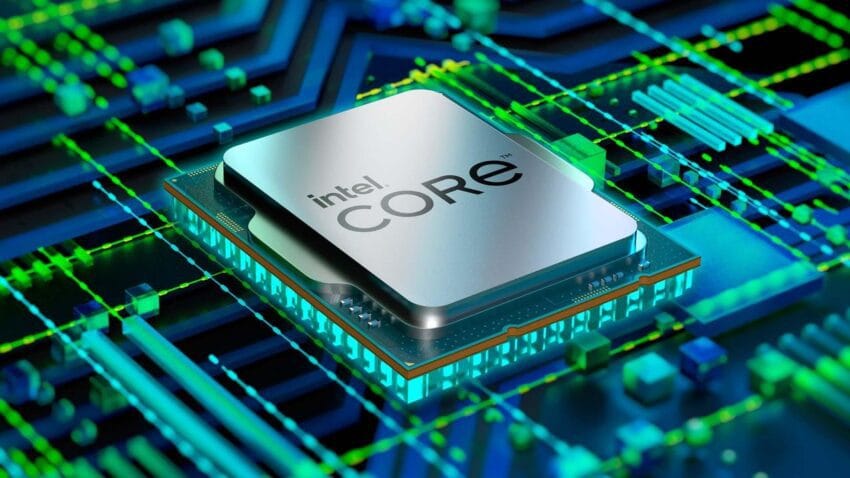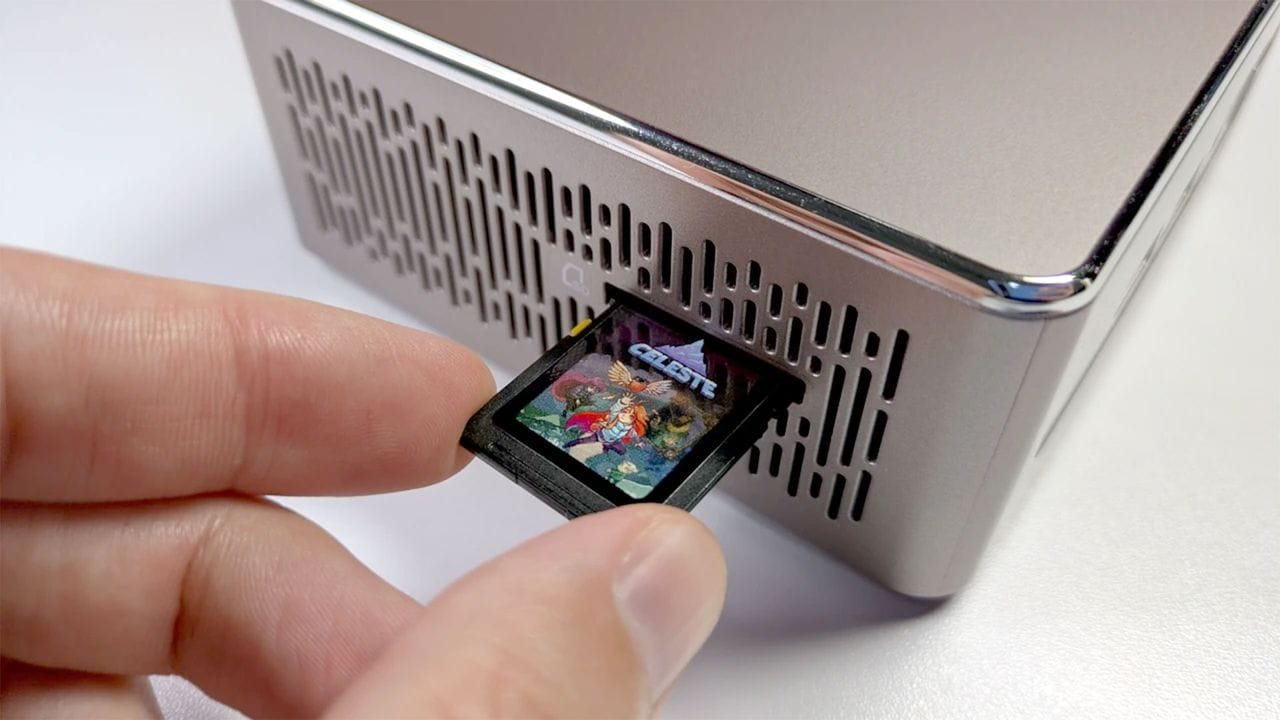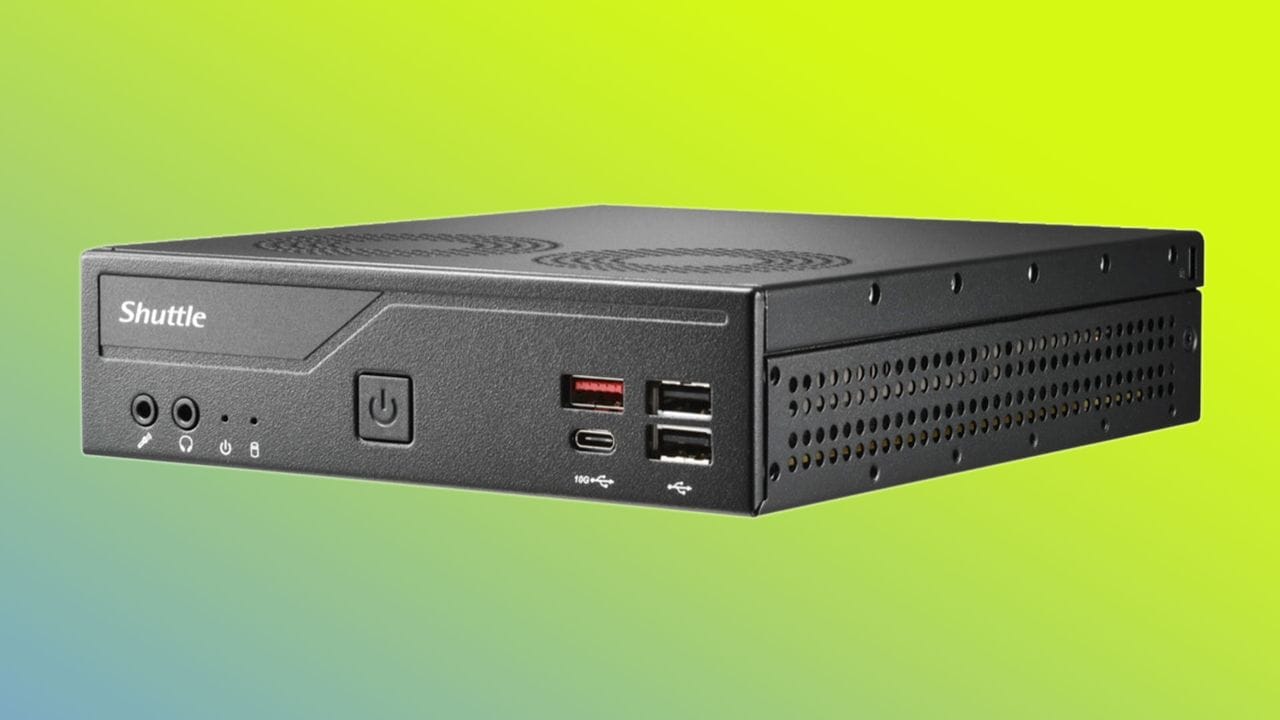
intel patents software defined supercore – increases — Intel has recently patented a groundbreaking technology known as the Software Defined Supercore (SDC), which aims to enhance single-thread performance and instructions per cycle (IPC) by simulating ultra-wide execution through the integration of multiple cores..
Intel has recently patented a groundbreaking technology known as the Software Defined Supercore (SDC), which aims to enhance single-thread performance and instructions per cycle (IPC) by simulating ultra-wide execution through the integration of multiple cores.
intel patents software defined supercore – increases
Understanding the Software Defined Supercore
intel patents software defined supercore – increases: key context and updates inside.
The Software Defined Supercore is a novel approach that allows multiple CPU cores to function as a single high-performance core. This innovative design seeks to address the limitations of traditional CPU architectures, particularly in scenarios where single-thread performance is critical. By leveraging software to create a virtual core that mimics the capabilities of ultra-wide execution, Intel aims to significantly improve processing efficiency without the need for physically wider cores.
The Need for Enhanced Single-Thread Performance
Single-thread performance has become increasingly important in various computing environments, particularly in gaming, real-time data processing, and certain enterprise applications. Many applications are not optimized to take full advantage of multi-core architectures, often relying heavily on single-threaded execution. As a result, the demand for processors that can deliver superior single-thread performance continues to grow.
Intel’s SDC technology addresses this demand by allowing multiple cores to work in unison to execute a single thread more efficiently. This approach can lead to improved performance in applications that are sensitive to single-thread execution speeds, thereby enhancing the overall user experience.
How the Software Defined Supercore Works
The SDC technology operates by utilizing existing CPU cores and integrating them through software to create a virtual supercore. This virtual core can execute instructions in a manner similar to that of ultra-wide execution cores, which are typically designed to handle multiple instructions simultaneously. The key to this technology lies in its ability to manage and coordinate the workload across multiple cores seamlessly.
Technical Mechanism
At its core, the SDC leverages advanced scheduling algorithms and dynamic resource allocation to optimize performance. Here’s how it works:
- Dynamic Core Fusion: The technology allows for the dynamic fusion of multiple cores based on workload demands. When a single thread requires more processing power, the SDC can combine the resources of several cores to handle the task more effectively.
- Instruction Dispatching: The SDC intelligently dispatches instructions to the fused cores, ensuring that they are executed in parallel. This parallel execution mimics the behavior of ultra-wide execution cores, which can process multiple instructions simultaneously.
- Resource Management: The software manages the allocation of resources such as cache and memory bandwidth, ensuring that the virtual supercore operates efficiently without causing bottlenecks.
Implications for CPU Design
The introduction of the Software Defined Supercore has significant implications for CPU design and manufacturing. Traditionally, enhancing single-thread performance has required the development of physically wider cores, which can be costly and complex. Intel’s approach offers a more flexible solution that can be implemented on existing architectures.
Cost-Effectiveness
By utilizing existing cores and software to create a virtual supercore, Intel can potentially reduce the costs associated with manufacturing new hardware. This approach allows for incremental improvements in performance without the need for a complete redesign of the CPU architecture. As a result, manufacturers can deliver enhanced performance to consumers without incurring substantial costs.
Scalability
The SDC technology also provides a scalable solution for future CPU designs. As workloads continue to evolve and demand for processing power increases, Intel can adapt its SDC technology to accommodate new requirements. This scalability ensures that Intel remains competitive in a rapidly changing technology landscape.
Stakeholder Reactions
The announcement of the Software Defined Supercore has garnered attention from various stakeholders in the tech industry, including hardware manufacturers, software developers, and end-users. Reactions have been largely positive, with many expressing optimism about the potential benefits of this technology.
Hardware Manufacturers
Hardware manufacturers view the SDC as a promising development that could lead to enhanced performance in their products. By integrating this technology into their CPUs, manufacturers can offer consumers improved performance without the need for extensive redesigns. This could lead to a new generation of processors that deliver better performance for both single-threaded and multi-threaded applications.
Software Developers
Software developers are also intrigued by the implications of the SDC technology. With the ability to leverage multiple cores for single-threaded applications, developers may need to rethink their optimization strategies. This could lead to a new wave of software designed to take full advantage of the capabilities offered by the Software Defined Supercore, ultimately benefiting end-users.
End-Users
For end-users, the potential benefits of the SDC technology are clear. Gamers, content creators, and professionals who rely on single-threaded applications stand to gain significantly from improved performance. The ability to execute tasks more efficiently can lead to faster load times, smoother gameplay, and overall enhanced productivity.
Challenges and Considerations
While the Software Defined Supercore presents numerous advantages, there are also challenges and considerations that Intel must address as it moves forward with this technology.
Software Compatibility
One of the primary challenges will be ensuring that existing software can effectively utilize the capabilities of the SDC. While the technology is designed to enhance performance, software developers will need to adapt their applications to take full advantage of the virtual supercore. This may require updates and optimizations that could take time to implement.
Performance Variability
Another consideration is the potential for performance variability. While the SDC aims to provide consistent performance improvements, the actual results may vary depending on the specific workload and how well it can be parallelized across multiple cores. Intel will need to conduct extensive testing to ensure that the technology delivers reliable performance gains across a wide range of applications.
Future Prospects
The Software Defined Supercore represents a significant step forward in CPU design and performance optimization. As Intel continues to refine this technology, it has the potential to reshape the landscape of computing, particularly in areas where single-thread performance is critical.
Integration with Future Architectures
Looking ahead, the integration of the SDC technology into future CPU architectures could lead to even more advanced processing capabilities. As Intel explores new designs and innovations, the principles behind the Software Defined Supercore may serve as a foundation for future developments in high-performance computing.
Competitive Landscape
Intel’s advancements with the SDC will also influence the competitive landscape in the CPU market. As rival companies strive to keep pace with Intel’s innovations, we may see a renewed focus on enhancing single-thread performance across the industry. This could lead to a new era of competition that benefits consumers through improved products and technologies.
Conclusion
The Software Defined Supercore is a promising development that has the potential to revolutionize single-thread performance in CPUs. By allowing multiple cores to function as a virtual supercore, Intel is addressing a critical need in the computing landscape. As the technology matures and is integrated into future products, it could lead to significant advancements in processing efficiency and performance.
Source: Original report
Related: More technology coverage
Further reading: related insights.
Further reading: related insights.
Further reading: related insights.
Was this helpful?
Last Modified: September 1, 2025 at 6:49 pm
3 views















